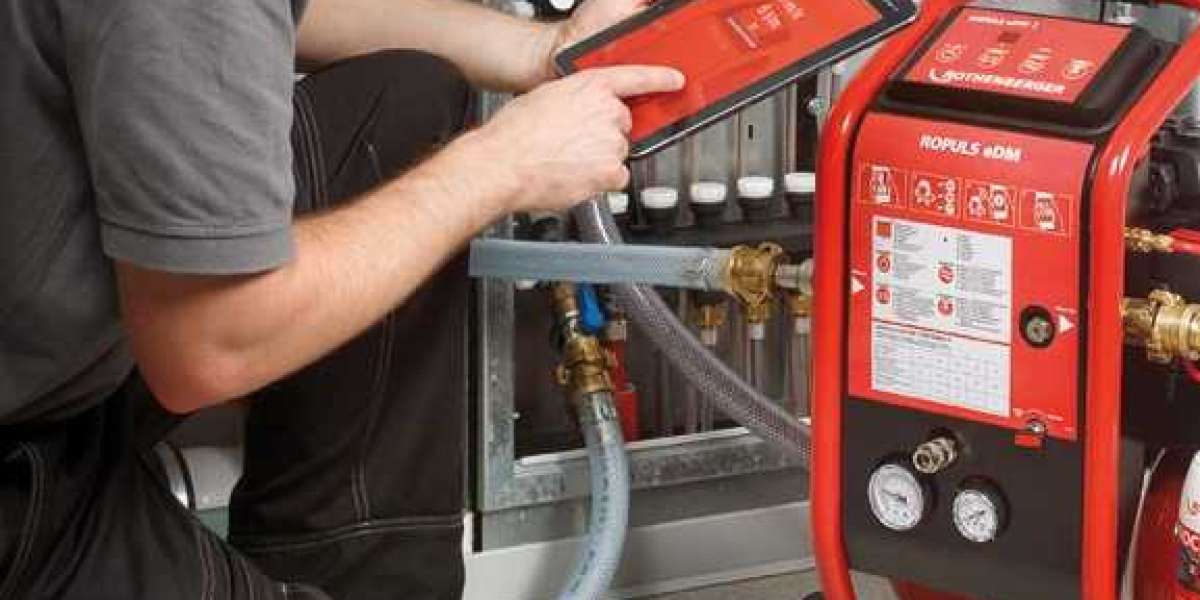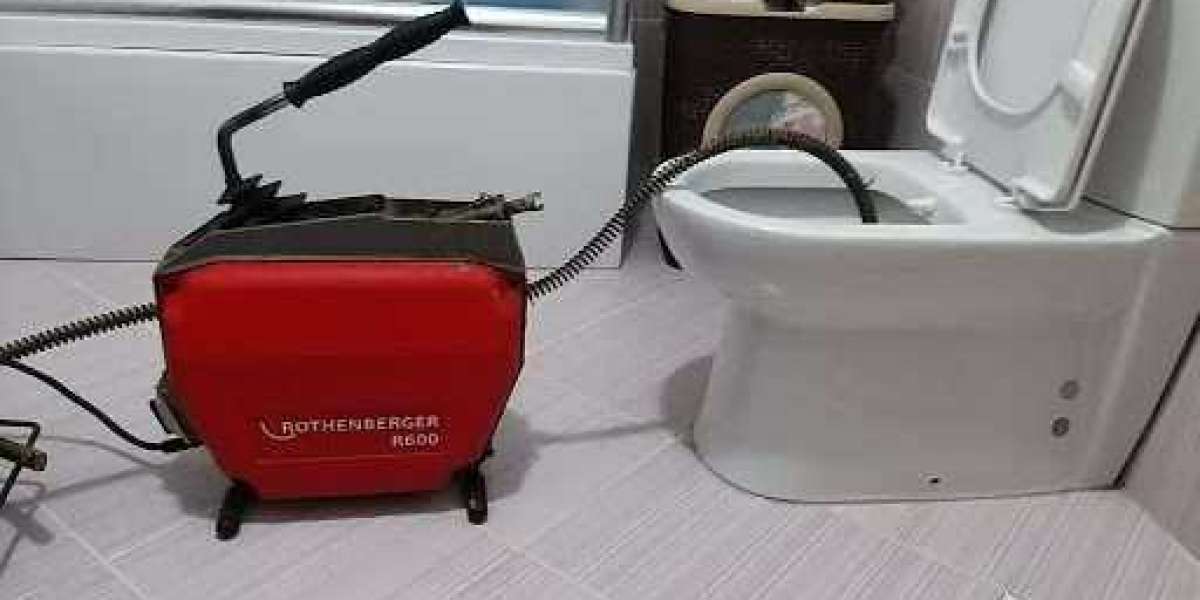Key Market Insights
- Over 75 TIL-based therapies are being evaluated across different stages of preclinical / clinical development either as monotherapies or in combination with other drugs for the treatment of various oncological disorders
- Both industry and non-industry players have demonstrated keen interest in the development of novel TIL-based therapies; further, melanoma emerged as the most popular target indication
- Majority (56%) of industry players based in North America are actively undertaking efforts for the development / commercialization of TIL-based cell therapies; the industry is dominated by the presence of mid-sized players
- Over the past decade, close to 95 clinical trials have been registered across different geographies for the evaluation of TIL-based therapies; extensive efforts are underway to improve the successive generations of such therapies
- Close to 55 scientists from renowned universities are presently involved in the clinical development of TIL-based therapies; majority of these KOLs are primarily based in the US and China
- Close to 200 players claim to have the required capabilities to manufacture different types of cell therapies; such firms also offer a wide range of services across different stages of product development
- A growing interest in development of TIL-based therapies is reflected from the increase in RD agreements in the last few years; majority of the such deals were signed between players based in North America
- Several investors, having realized the opportunity within this upcoming segment of T-cell immunotherapy, have invested USD 2.7 billion, across 30 instances, since 2013
- With a More than 165 patents have been filed / granted by various stakeholders in order to protect the intellectual property generated within this field
- With a growing focus on the development pipeline and encouraging clinical results, the TIL therapies market is anticipated to witness an annualized growth rate of 40%, in the next decade
Table of Contents
- PREFACE
1.1. Introduction
1.2. Key Market Insights
1.3. Scope of the Report
1.4. Research Methodology
1.5. Key Questions Answered
- EXECUTIVE SUMMARY
- INTRODUCTION
3.1. Chapter Overview
3.2. Pillars of Cancer Therapy
3.3. Overview of Immunotherapies
3.4. Fundamentals of Cancer Immunotherapy
3.5. Classification of Cancer Immunotherapies
3.5.1. By Mechanism of Action
3.5.2. By Type of Target
3.5.3. By Approach
3.5.4. By Product Class
3.6. T-Cell Immunotherapies
3.6.1. Historical Evolution
3.6.2. Key Considerations for Developing T-Cell Immunotherapies
3.6.3. Strategies Employed for the Redirection of T-Cells
3.6.4. Manufacturing of Engineered T-Cells
3.6.5. T-Cell Transduction and Transfection Methods
3.7. Tumor Infiltrating Lymphocyte (TIL)-based Cell Therapy
3.7.2. Development of TILs Therapy
3.8. Key Benefits and Roadblocks
3.9. Concluding Remarks
- TIL-BASED THERAPIES: MARKET LANDSCAPE
4.1. Chapter Overview
4.2. TIL-based Therapies: Overall Market Landscape
4.2.1. Analysis by Type of Developer
4.2.2. Analysis by Phase of Development
4.2.3. Analysis by Therapeutic Area
4.2.4. Analysis by Key Target Indications
4.2.5. Analysis by Source of T-Cells
4.2.6. Analysis by Route of Administration
4.2.7. Analysis by Dosing Frequency
4.2.8. Analysis by Target Patient Segment
4.2.9. Analysis by Type of Therapy
4.2.10. Most Active Industry Players: Analysis by Number of TIL-based Therapies
4.2.11. Most Active Non-Industry Players: Analysis by Number of TIL-based Therapies
4.3. TIL-based Therapies: Overall Developer Landscape
4.3.1. Analysis by Year of Establishment
4.3.2. Analysis by Company Size
4.3.3. Analysis by Location of Headquarters
- CLINICAL TRIAL ANALYSIS
5.1. Chapter Overview
5.2. Scope and Methodology
5.3. TIL-based Therapies: Clinical Trial Analysis
5.3.1. Analysis by Trial Registration Year
5.3.2. Analysis by Trial Registration Year and Enrolled Patient Population
5.3.3. Analysis by Trial Status
5.3.4. Analysis by Trial Registration Year and Trial Status
5.3.5. Analysis by Trial Phase
5.3.6. Analysis by Trial Phase and Enrolled Patient Population
5.3.7. Analysis by Target Patient Segment
5.3.8. Analysis by Type of Sponsor / Collaborator
5.3.9. Analysis by Study Design
5.3.10. Most Active Industry Players: Analysis by Number of Registered Trials
5.3.11. Most Active Non-Industry Players: Analysis by Number of Registered Trials
5.3.12. Word Cloud Analysis: Emerging Focus Areas
5.3.13. Analysis of Clinical Trials by Geography
5.3.14. Analysis of Enrolled Patient Population by Geography
- KEY OPINION LEADERS
6.1. Chapter Overview
6.2. Assumptions and Key Parameters
6.3. Methodology
6.4. TIL-based Therapies: Key Opinion Leaders
6.4.1. Analysis by Type of Organization
6.4.2. Analysis by Affiliated Organization
6.4.3. Analysis by Qualification
6.4.4. Analysis by Geographical Location of KOLs
6.4.5. KOL Activeness versus KOL Strength
6.4.6. Most Prominent KOLs: Analysis by RA score
6.4.7. Most Prominent KOLs: Comparison of RA Score and Third-Party Score
- TIL-BASED THERAPY PROFILES
7.2. LN-144 / Lifileucel (Iovance Biotherapeutics)
7.3. LN-145 (Iovance Biotherapeutics)
7.4. ITIL-168 (Instil Bio)
7.5. LTX-315 (Lytix Biopharma)
- PARTNERSHIPS AND COLLABORATIONS
8.1. Chapter Overview
8.2. Partnership Models
8.3. TIL-based Therapies: Partnerships and Collaborations
8.3.1. Analysis by Year of Partnership
8.3.2. Analysis by Type of Partnership
8.3.3. Analysis by Year of Partnership and Type of Partnership
8.3.4. Analysis by Type of Partner
8.3.5. Most Popular Products: Analysis by Number of Partnerships
8.3.6. Most Active Industry Players: Analysis by Number of Partnerships
8.3.7. Most Active Non-Industry Players: Analysis by Number of Partnerships
8.3.8. Analysis by Geography
- FUNDING AND INVESTMENT ANALYSIS
9.1. Chapter Overview
9.2. Type of Funding
9.3. TIL-based Therapies: Funding and Investment Analysis
9.3.1. Analysis by Year of Investment
9.3.2. Analysis by Amount Invested
9.3.3. Analysis by Type of Funding
9.3.4. Analysis by Type of Investor
9.3.5. Most Active Players: Analysis by Number of Instances
9.3.6. Most Active Investors: Analysis by Amount Invested
9.3.7. Analysis of Amount Invested by Geography
9.3.8. Most Active Investors: Analysis by Number of Funding Instances
- PATENT ANALYSIS
10.1. Chapter Overview
10.2. Scope and Methodology
10.3. TIL-based Therapies: Patent Analysis
10.3.1. Analysis by Patent Publication Year
10.3.2. Analysis By Patent Application Year
10.3.3. Analysis by Geography
10.3.4. Analysis by Type of Player
10.3.5. Analysis by CPC Symbols
10.3.6. Word Cloud Analysis: Emerging Focus Areas
10.3.7. Leading Players: Analysis by Number of Patents
10.3.8. TIL-based Therapies: Patent Benchmarking
10.3.9. Analysis By Patent Characteristics
10.3.10. TIL-based Therapies: Patent Valuation
- CASE STUDY: CELL THERAPY MANUFACTURING
11.1. Chapter Overview
11.2. Overview of Cell Therapy Manufacturing
11.3. Cell Therapy Manufacturing Models
11.3.1. Centralized Manufacturing Model
11.3.2. Decentralized Manufacturing Model
11.4. Scalability of Cell Therapy Manufacturing Processes
11.4.1. Scale-Up
11.4.2. Scale-Out
11.5. Types of Cell Therapy Manufacturers
11.6. Key Challenges Related to Manufacturing of Cell Therapies
11.7. Important Factors for Cell Therapy Manufacturing
11.7.1. Characterization
11.7.2. Cost of Goods
11.8. Automation of Cell Therapy Manufacturing Process
11.9. Cell Therapy Manufacturing Supply Chain
11.10. Comparison of Player Having In-House Capabilities and Contract Manufacturers
11.11. Regulatory Landscape
11.12. Future Perspectives
- COST PRICE ANALYSIS
12.1. Chapter Overview
12.2. Factors Contributing to the High Price of Cell / Gene Therapies
12.3. Pricing Models for T-Cell Immunotherapies
12.3.1. Based on Associated Costs
12.3.2. Based on Availability of Competing Products
12.3.3. Based on Patient Segment
12.3.4. Based on Opinions of Industry Experts
12.4. Reimbursement related Considerations for T-Cell Immunotherapies
- MARKET FORECAST AND OPPORTUNITY ANALYSIS
13.1. Chapter Overview
3.4. Global TIL-Based Therapies Market, 2022-2035
13.4.1. TIL-based Therapies Market: Analysis by Target Indication
13.4.2. TIL-based Therapies Market: Analysis by Key Players
13.4.3. TIL-based Therapies Market: Analysis by Key Geographical Regions
13.4.4. Product Wise Sales Forecast
13.4.4.1. Lifileucel / LN-144 (Iovance Biotherapeutics)
13.4.4.2. LN-145 (Iovance Biotherapeutics)
13.4.4.3. LTX-315 and TILs (Lytix Biopharma)
13.4.4.4. TILs (Prometheus Laboratories)
13.4.4.5. Donor Lymphocyte Infusion (Incyte)
13.4.4.6. ITIL-168 (Instil Bio)
13.4.4.7. IOV-2001 (Iovance Biotherapeutics)
13.4.4.8. TILs (CAR-T (Shanghai) Cell Biotechnology)
13.4.4.9. TILs (Bristol-Myers Squibb)
- COMPANY PROFILES
14.1. Chapter Overview
14.2. Cellectis
14.3. Cellular Biomedicine Group
14.4. Iovance Biotherapeutics
14.5. Lytix Biopharma
14.6. Phio Pharmaceuticals
- CONCLUDING REMARKS
- EXECUTIVE INSIGHTS
- APPENDIX I: TABULATED DATA
- APPENDIX II: LIST OF COMPANIES AND ORGANIZATIONS
To view more details on this report, click on the link
https://www.rootsanalysis.com/reports/til-therapies-market.html
You may also be interested in the following titles:
You may also like to learn what our experts are sharing in Roots educational series:
At-home Self-testing: A Giant Leap Towards Transformation in Diagnostic Sector |
SARM1: A Potential Therapeutic Target For Neurodegenerative Diseases |
About Roots Analysis
Roots Analysis is a global leader in the pharma / biotech market research. Having worked with over 750 clients worldwide, including Fortune 500 companies, start-ups, academia, venture capitalists and strategic investors for more than a decade, we offer a highly analytical / data-driven perspective to a network of over 450,000 senior industry stakeholders looking for credible market insights.
Contact:
Ben Johnson
+1 (415) 800 3415

